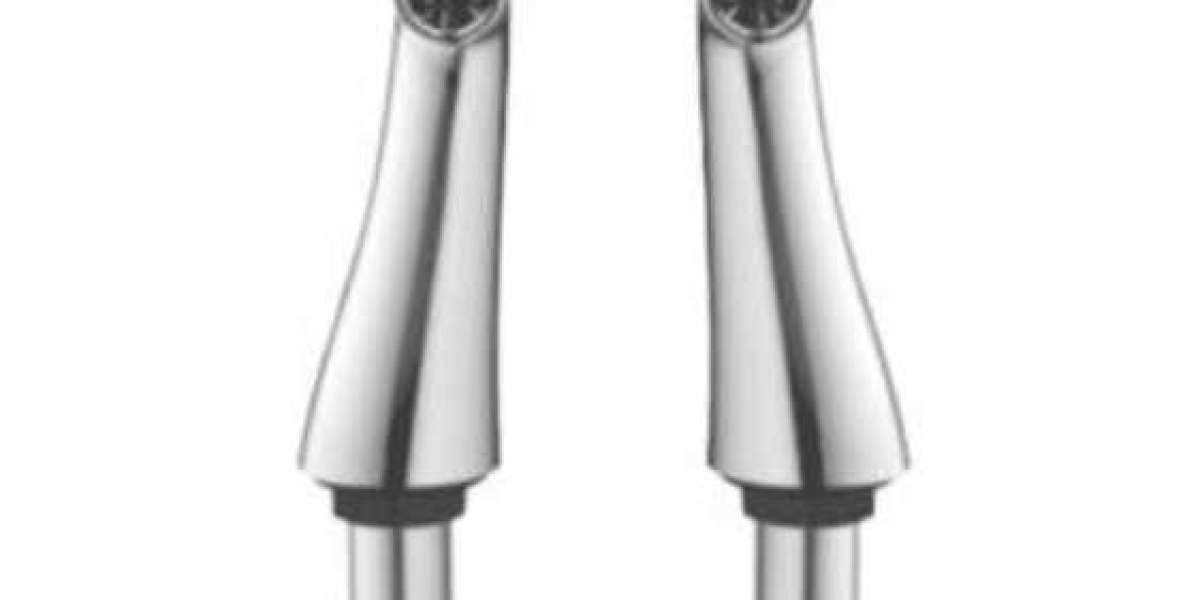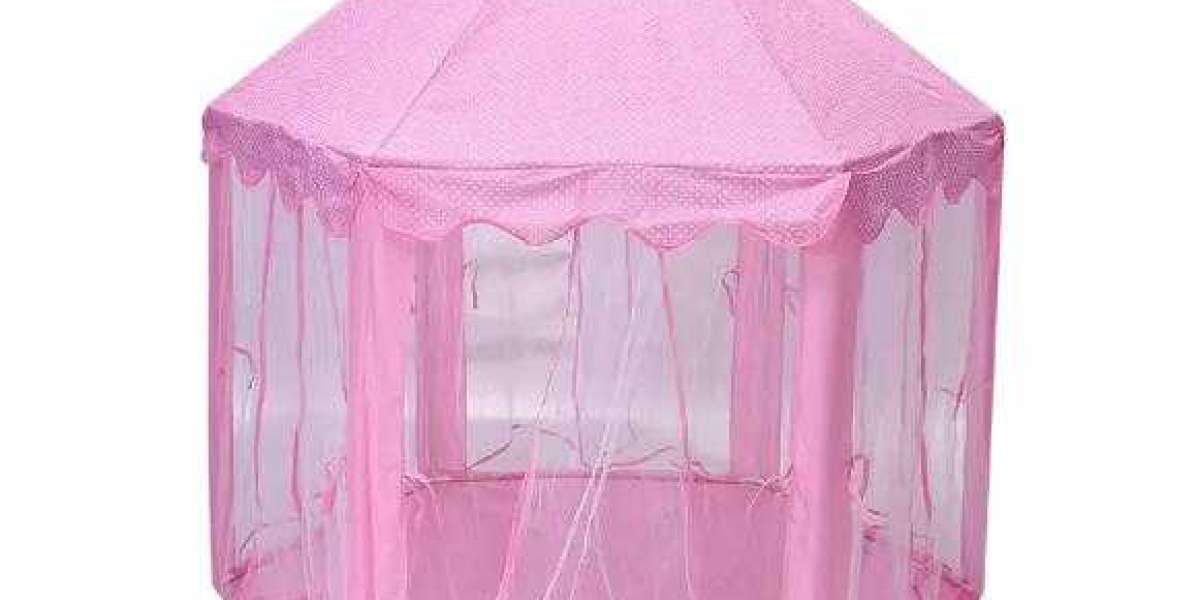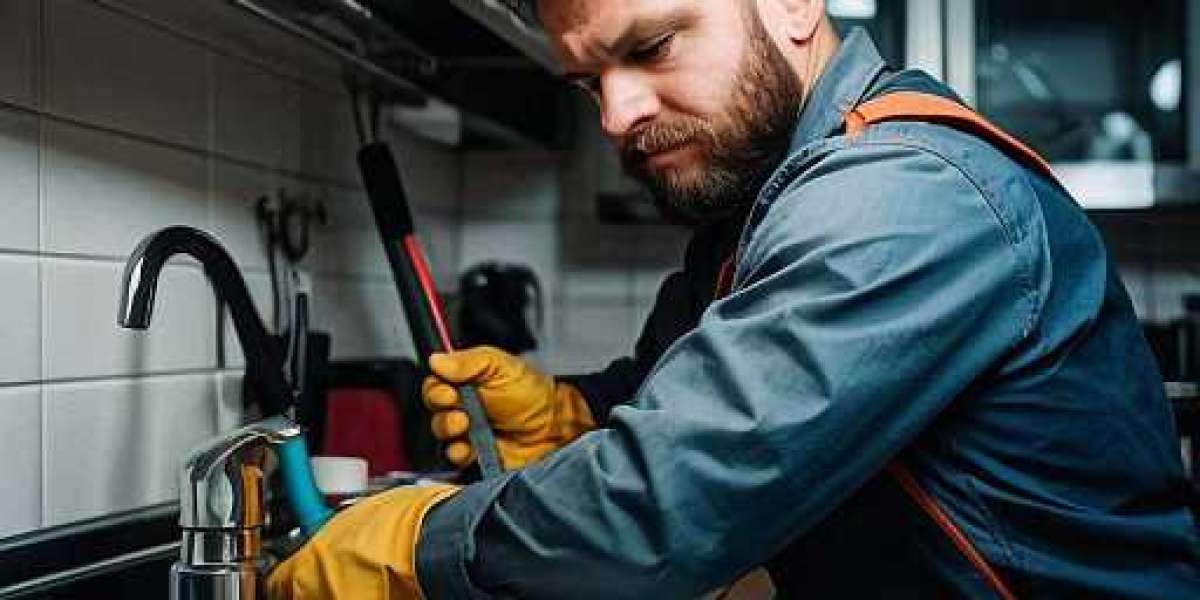Tap valves, while designed to be durable, can develop issues over time. Knowing common problems and their solutions can help in maintaining an efficient plumbing system.
Leaking Tap: One of the most common issues is a leaking tap, often caused by worn-out washers or O-rings. To fix this, turn off the water supply, disassemble the tap, and replace the damaged washer or O-ring. Ensure you have the correct size to avoid further leaks.
Stiff Handle: A stiff handle can result from mineral buildup or corrosion within the valve. Regular cleaning and lubricating the moving parts can prevent this issue. In severe cases, replacing the cartridge or stem might be necessary.
Water Flow Issues: If the water flow is inconsistent or weak, there might be debris clogging the valve. Disassemble the tap and clean all components thoroughly. Ensure the valve seat is not damaged, as this can also affect water flow.
Noisy Tap: Taps that make noise when turned on often have loose parts or high water pressure. Tightening any loose components and installing a pressure-reducing valve can help. Sometimes, replacing the entire valve may be the best solution if the noise persists.
Dripping Tap: A tap that drips even when turned off typically has a worn valve seat. Replacing or reseating the valve can resolve this issue. Regularly inspecting the valve seat during maintenance can prevent this problem from occurring.
Temperature Control Issues: If the tap cannot regulate water temperature properly, the problem may lie with the cartridge. Modern taps often use ceramic cartridges that can wear out over time. Replacing the cartridge usually restores proper temperature control.
Regular maintenance and timely repairs can significantly extend the life of tap valves. Keeping a set of basic tools and replacement parts on hand makes it easier to address issues as they arise. Understanding these common problems and their solutions helps in maintaining a functional and efficient plumbing system.








